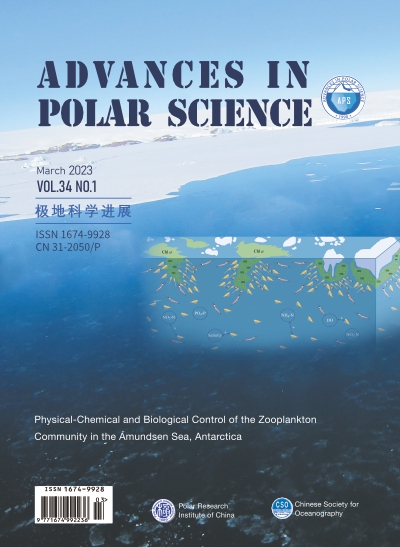Publication: Advances in Polar Science (APS). Vol. 34, No. 1, 17~27, March 2023
To download the publication please click on the download link at the bottom of the page
Author: CHEN He, LI Haibo, ZHAO Jun, LI Dong, WAN Jun and YANG Guang
DOI: 10.13679/j.advps.2022.0055
CNARC member: Polar Research Institute of China (PRIC)
Abstract: Zooplankton are critical components of the Southern Ocean ecosystems, acting as trophic links between phytoplankton and higher-level species. The composition, abundance, carbon biomass, and community structure of zooplankton were studied based on samples collected with a Norpac net (330-μm mesh, 0.5-m2 net mouth) during the austral summers of 2017/2018. Three communities in a latitudinal gradient were identified based on both a zooplankton abundance dataset and a biomass dataset. Zooplankton were mainly dominated by small copepods (e.g., Oithona similis and Ctenocalanus citer) in terms of abundance, while the total zooplankton biomass was dominated by krill (Euphausia superba and Thysanoessa macrura) and large copepods (e.g., Calanoides acutus, Calanus propinquus, and Metridia gerlachei). Redundancy analysis demonstrated that environmental factors (e.g., temperature, nitrate, dissolved oxygen, ammonium) accounted for more than 40% of the variance in zooplankton abundance/biomass. This indicates that physical processes significantly affect the zooplankton community. Meanwhile, a significant positive correlation was found between the abundance/biomass of zooplankton and that of dominant phytoplankton and ciliates, which suggests trophic links among various plankton functional groups. Our results reveal that both physical processes and biological factors shape the community structure of zooplankton in the Amundsen Sea.
Key words: zooplankton community, abundance, biomass, Amundsen Sea, Southern Ocean


